The Aztecs’ diet consisted mainly of grains, vegetables, and fruits. Top agricultural produce were maize, beans, and squash, which they included in the two meals they ate each day. Maize was sacred to the Aztecs for many reasons. As a crop, the stalks provided support for the climbing beans, which improved the nitrogen in the soil, making the maize grow better. The squash had large leaves covering the earth, which prevented the faster evaporation of water. They also grew tomatoes, chilies, onions, root crops, and herbs.
The Aztecs typically boiled, steamed, or grilled their foods on clay pots. However, they had access to meat sources, mainly from dogs, wild game, and domesticated fowls like turkey, ducks, and geese, which they raised for eggs and meat. Since they lived near Lake Texcoco, they also caught various insects, fish, mollusks, crustaceans, lake-dwelling bugs, and amphibians. The frequent meat-eaters, though, were the rulers and the nobles.
Maize (Corn)
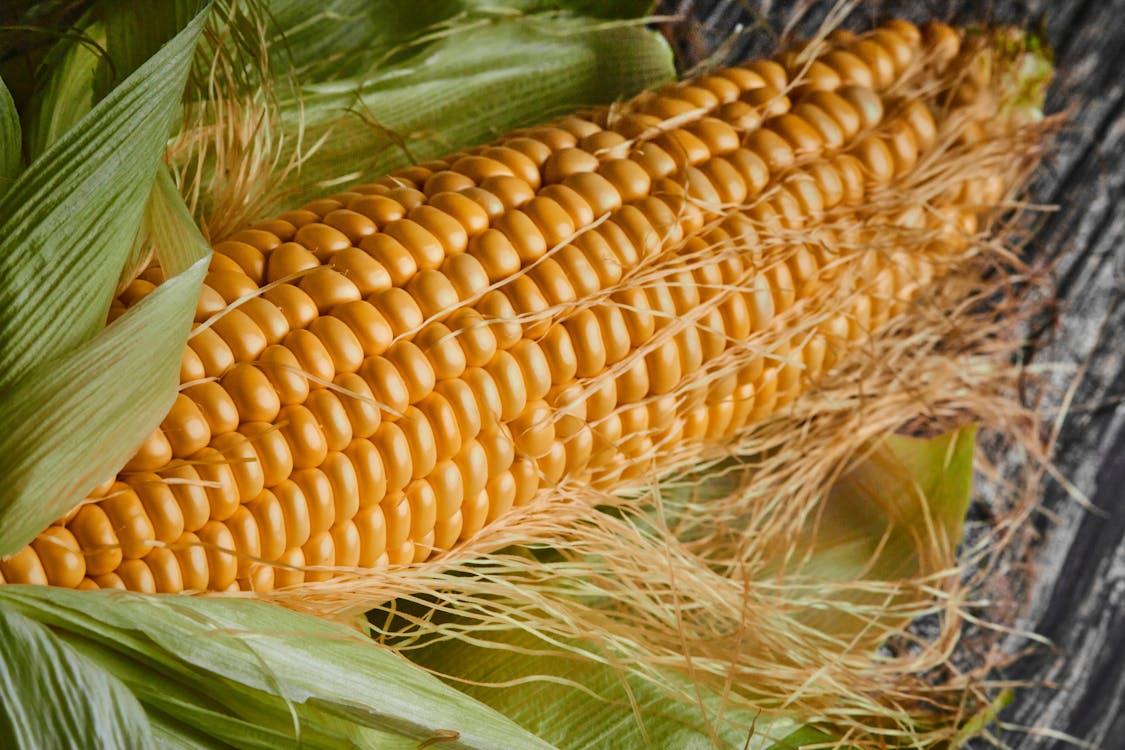
Maize is entwined in the Aztecs’ tradition, life, and history. It was not a crop but the core of their identity. Archeological evidence indicates that the Aztecs depended on maize for their diet and survival. Maize was their number one staple food, and they prepared it in many ways, from tortillas to corn on the cob to corn stew (pozole), tamales, and atole, a thin gruel of maize flour mixed with cactus sap syrup, honey, fruit, or chilies.
Aztecs invented nixtamalization, mixing water and food-grade lime (calcium hydroxide). They soaked and cooked the dried corn kernels in the solution to release more vitamins and protein. The solution also helped remove the hulls, making the kernels easier to grind.
Aztecs worshiped and celebrated the different stages in the corn’s life with offerings and festivals, giving the stages unique names and even drawing and carving images of them.
Beans

Aztecs domesticated maize, beans, and squash, known as the “three sisters.” They are still mainstays in the diet of Mexicans today. Beans were a regular part of the Aztec diet because maize and beans were their sources of protein as they rarely had meat. Therefore, every meal they ate included beans. They would soak the beans in water for many hours before boiling them until soft. Sometimes they mixed the beans with other vegetables to make soup or stew.
In an entry in the Florentine Codex, Fray Bernardino de Sahagún recorded that the Aztecs used the juice of ayocote beans to treat swollen eyes and used the plant’s roots as a parasite cleanser. They likewise used the roots of the prairie beans or spotted beans as medicine and a fermenting agent when making tesgüino (corn beer).
Squash

Squash was very popular with the Aztecs. They greatly valued the crop for its practical, nutritional, and medicinal properties. People and conquered states used squash seeds to pay tribute to the Aztec government. They likewise fashioned calabash gourds into containers for various liquids, such as xicalli, which they used when drinking chocolate. They used squash flesh in soups and stews and as an alternative ingredient in tortillas. Aztecs also ate the seeds—roasted, dried, or raw. Their drawings and sculptures showed that they grew different types, especially water gourds, pumpkins, and delicata squash. The pumpkin seeds were valuable because they are rich in protein. The Aztecs also made water containers from bottle gourds.
Chia Seeds
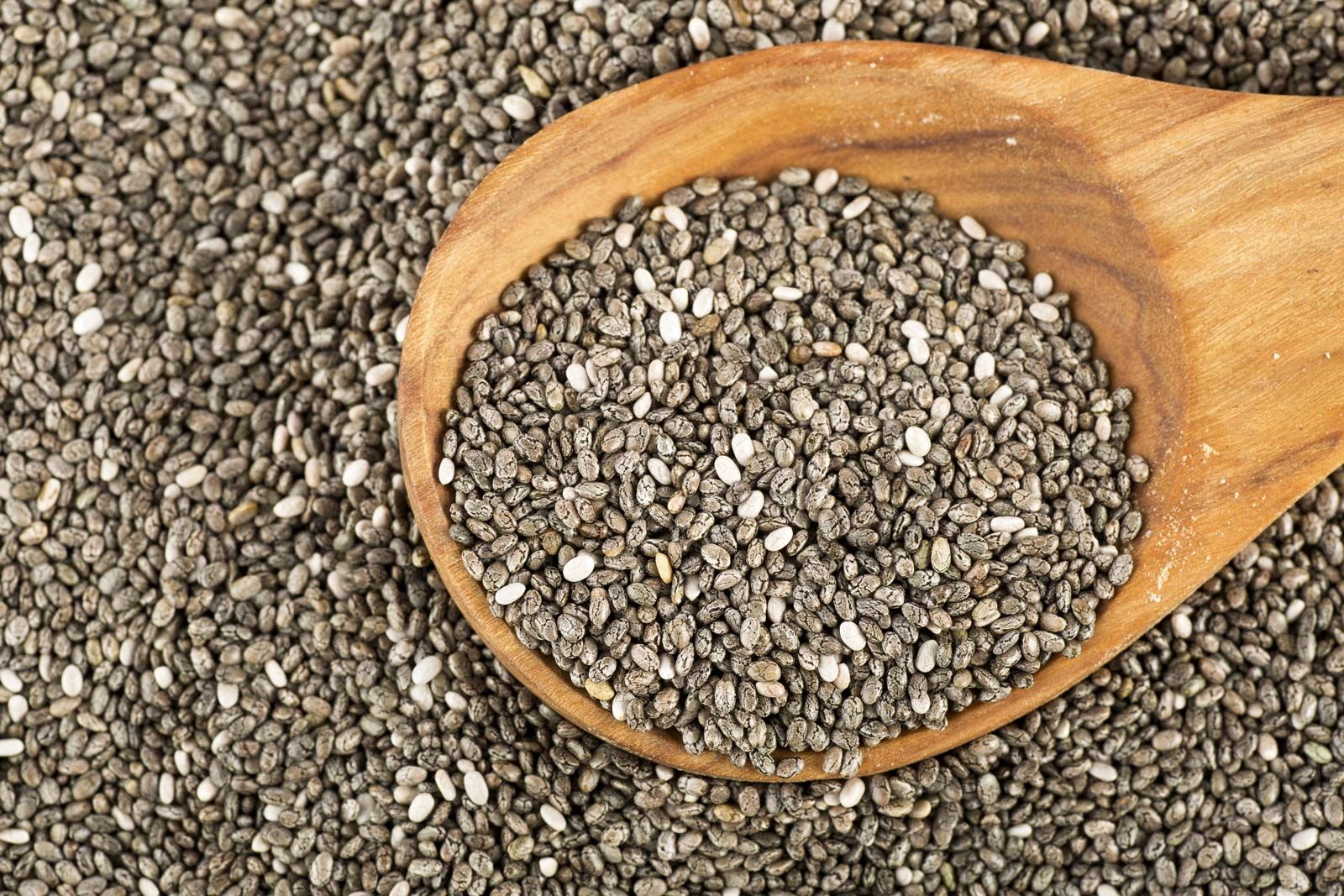
There is conclusive evidence that the Aztecs used chia seeds. The Aztecs had four main crops: beans, maize, amaranth, and chia. These crops formed the base for their daily diets. They ate the seeds as is or mixed them with other grains. The Aztecs also ground the seeds into flour, used them in drinks, and pressed them for oil, which they used for their face and body paints.
Aztecs used chia for their religious ceremonies, offering it to their gods. Leaders of conquered nations used the seeds as tributes to Aztec leaders.
The Aztecs knew the nutritional value of chia. The seeds provided them with endurance, stamina, and strength. One tablespoon of chia seeds can give Aztec warriors the energy they needed for the day. Back then, the Aztecs already used chia seeds as medicine to treat sore eyes, sore throats, joint pain, and wounds.
Amaranth Grains
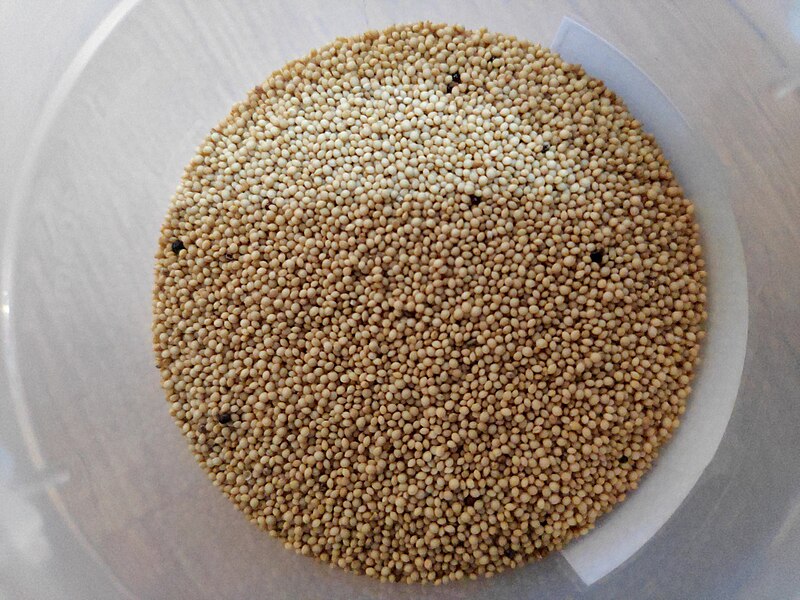
The cultivation of the amaranth plant for its grains started about 8,000 years ago. People grew the amaranth plants, classified as pseudocereals, for their starchy, edible seeds. Today, amaranth grains belong to a shortlist of healthy foods. However, raw amaranth grains are not edible.
The grain was a staple for the Aztecs and likewise used for religious ceremonies. They used the grains to make atole (hot cereal), tortillas, and tamales. During the sacred month of Huitzilopochtli (December), the Aztecs made shaped images of their gods using maize, agave, and amaranth. They ate the edible statues at the end of the month, believing that they had brought the god into their body. The cultivation of amaranth decreased when the conquistadors banned it after conquering the Aztecs and imposing their religion. Today, people offer amaranth seeds as spirits’ snack food during the Day of the Dead.
Fowls and Birds
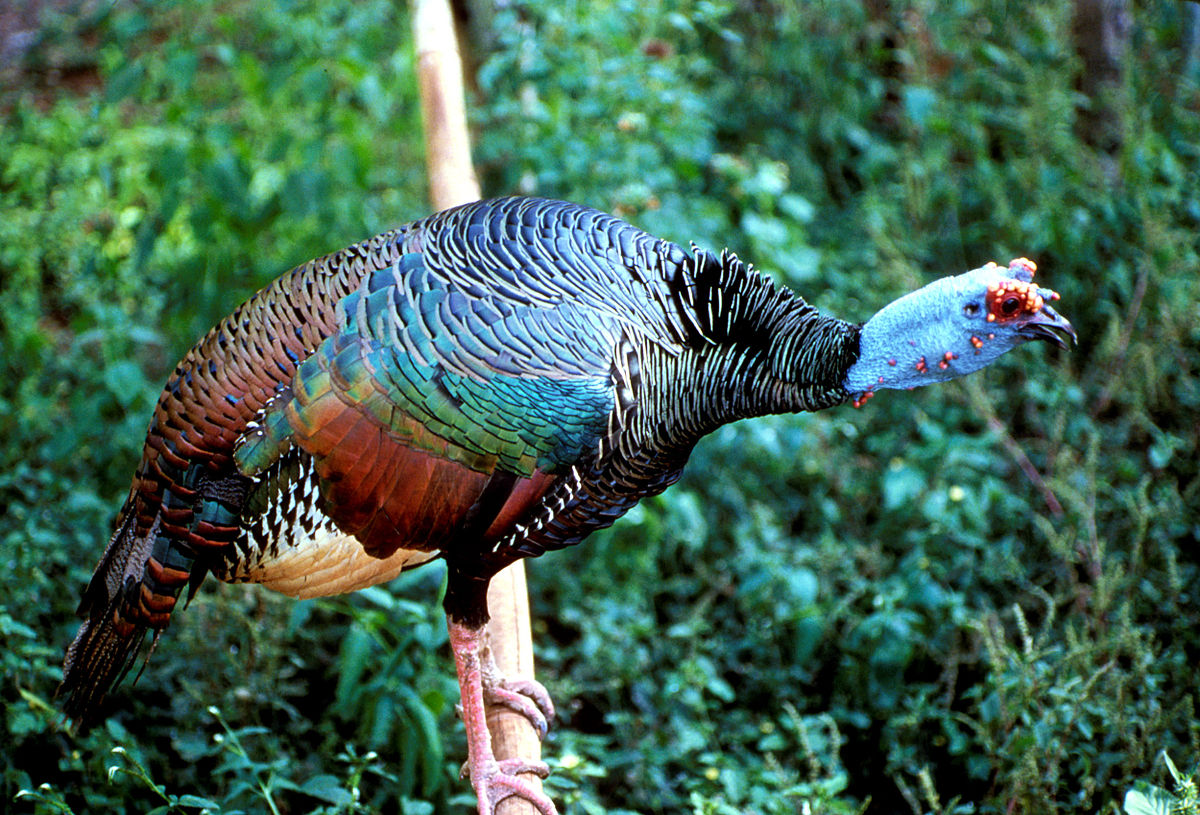
Occasionally, Aztecs ate meat. They domesticated ocellated turkeys and ducks and caught about 30 other species of birds. They had quails (only nobles ate them), pigeons, partridges, pheasants, pelicans, geese, and cranes. The people who came before the Aztecs were the first to domesticate wild turkeys. The Aztecs usually fattened the birds and fowls they caught and bred before eating them. However, the Aztecs occasionally ate bird and fowl meat, particularly during festivals. They also ate the eggs from some of the fowls they domesticated.
Wild Game

For animal meat, the Aztecs raised dogs and hunted wild game such as tapir, iguanas, gophers, opossums, wild boars, armadillos, hares, rabbits, and deer. Other sources were mice, jackrabbits, peccary, and snakes. Likewise, they fattened them up before they consumed these game animals. But while animal meat was available, often, only the royalty ate them. Aztecs in the lower castes typically stuck to a vegetarian diet, comprising maize, beans, squash, and other vegetables flavored with various herbs and spices.
Fish and Insects
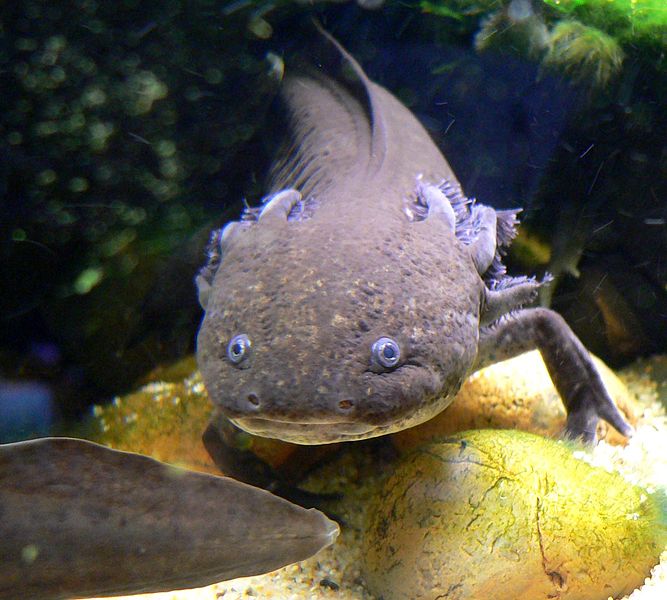
Since the Aztecs lived on or near a lake, they had access to fish and insects. Most things were edible to them, so they caught the fish living in the lakes. Aside from fish, they also caught shrimps, acocils (similar to crayfish), crustaceans, frogs, salamanders, turtles, and mollusks. They understood that they needed protein, so they also ate mole lizards, various water bugs, maguey worms, grasshoppers, ants, and even the larvae and eggs of amphibians and bugs. They considered a larval salamander, called axolotl, as a delicacy. So they added axolotl, tadpoles, and frogs to tamales and maize grains.
Chilies, Fruits and Vegetables
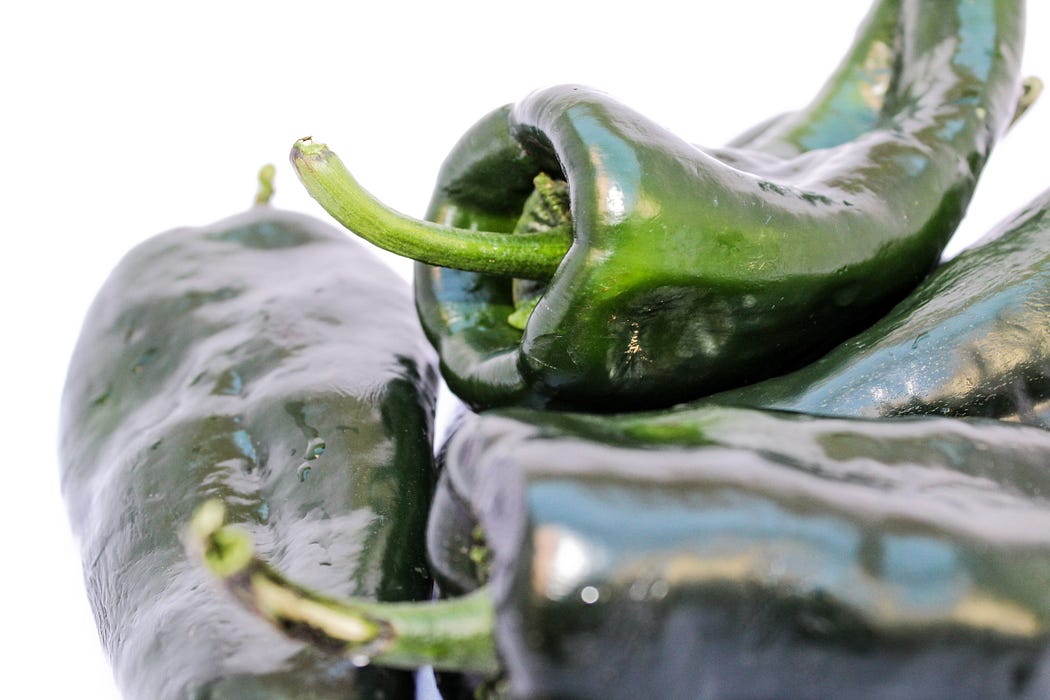
Aztecs realized that it was easier to plant than hunt. Thus, their diet consisted primarily of vegetables and fruits. Aside from maize, beans, and squash, they had tomatoes, chilies, sweet potatoes, cacao, vanilla, honey, mushrooms, edible flowers, maguey cactus sap, papaya, pineapple, avocados, and prickly pear cactus fruit.
Moreover, they used various herbs and spices, specifically chilies, for almost all their dishes. Aztecs preserved chilies by drying and grinding them into powder and separating them according to flavor—hot, smoky, earthy, fruity, or sweet. They used fresh and dried culantro, which is stronger than present-day cilantro. They added extra flavor to their drinks using vanilla and white cinnamon or canella. They cultivated onions and red and green tomatoes. Other food flavorings included avocado leaves, allspice, garlic vine leaves, hoja santa, epazote, and achiote. For fruits, they had chimoyas, mamey, zapotes, custard apples, papayas, and guavas.
Cacao (Chocolatl)
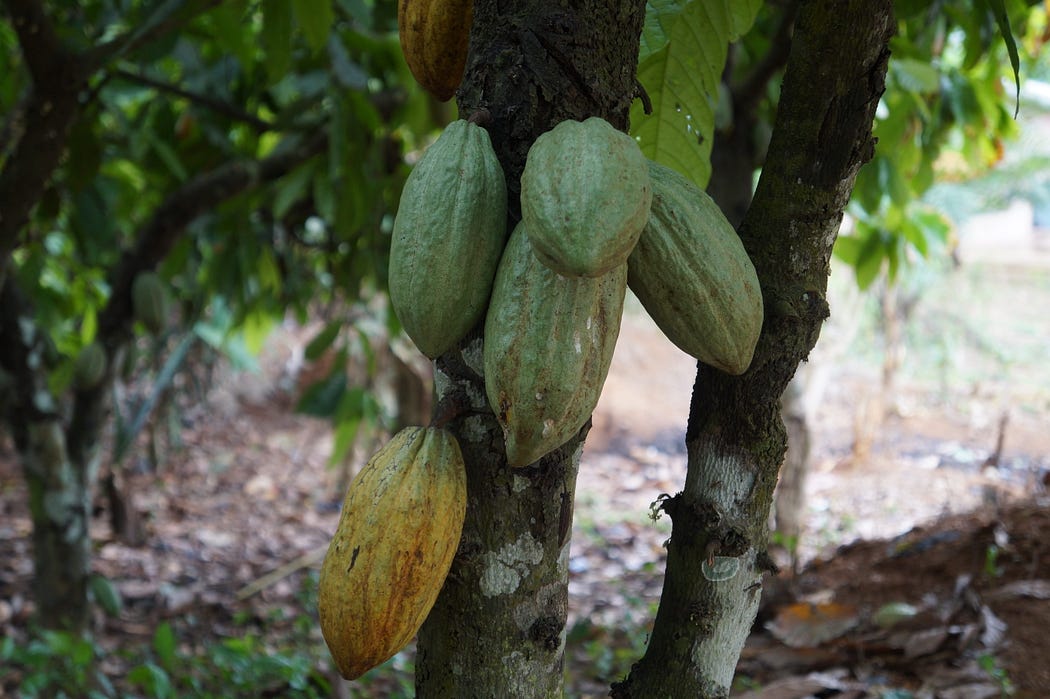
The Olmecs, Mayans, and the Aztecs all revered cacao beans. The word chocolate came from the Aztec word, chocolatl. However, the Aztecs believed that their god Quetzalcoatl gave them cacao; thus, they considered it the gods’ food. Cacao found favor among rulers, nobles (pilli), and warriors. Historians believed that Moctezuma II consumed gallons of chocolate every day as an aphrodisiac and energy source.
The warriors drank cacao water or cacahuatl, made from ground maize and cacao seeds, flavored with herbs, spices, vanilla, honey, and chili peppers when preparing for war. However, drinking too much chocolatl water can make people drunk, dizzy, sick, confused, or deranged.
Aztecs used cacao beans as their currency, believing they were more precious than gold. Since they could not grow cacao trees, they acquired the beans through trade. The lower classes (macehualli) only got to enjoy chocolate at special celebrations and weddings.
Ahuaca-Mulli
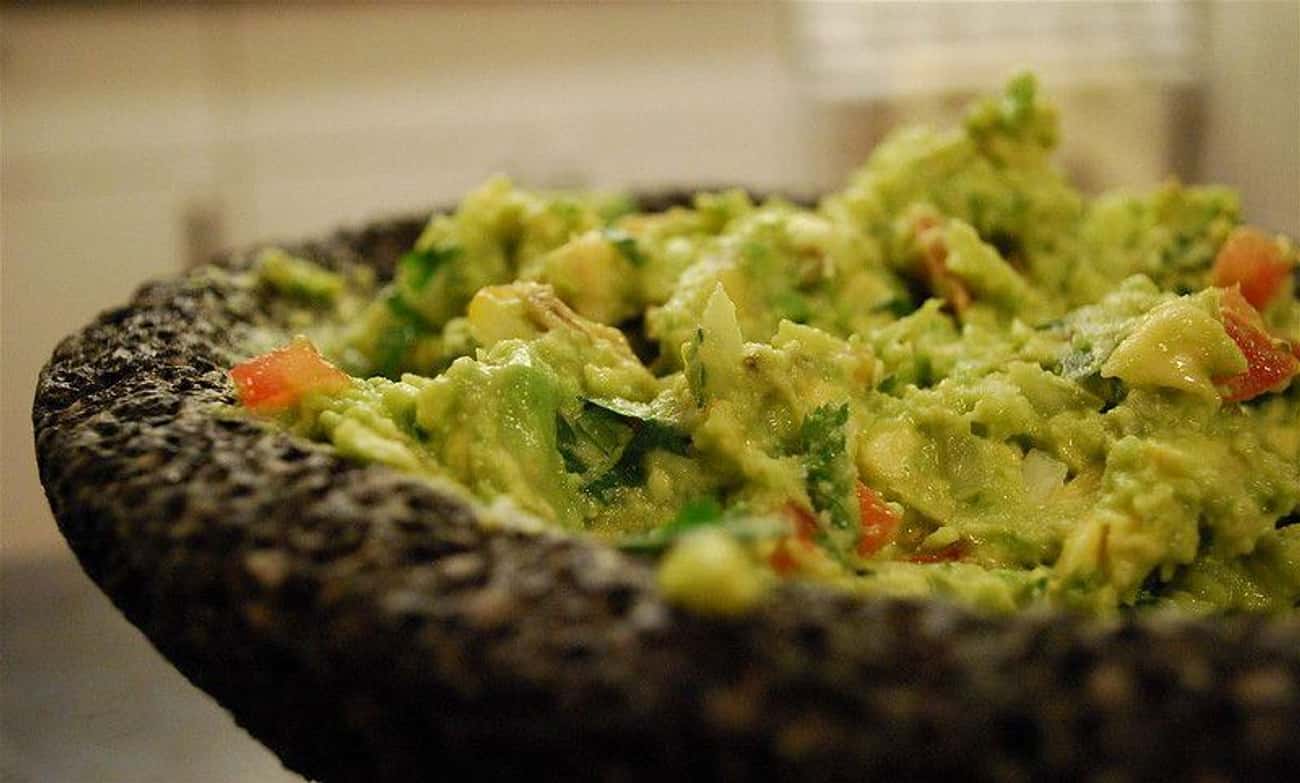
Ahuaca-mulli, which the modern world knows as guacamole, started with the Aztecs during the 1500s. The term translates to an avocado mixture or avocado sauce. Avocado trees were plentiful in the area that the Aztecs occupied. The avocado fruit became a favorite, and with the abundance of herbs and spices, they created their ahuaca-mulli. The original Aztec recipe only consisted of avocados, chilies, and tomatoes. They believed that ahuaca-mulli is an aphrodisiac, maybe because avocado fruits grow in pairs. Therefore, they named the avocado tree achuacatl, which means testicle tree in Nahuatl.
Tecuitlatl

The Aztecs seemed to be intuitive about food. Since they lived around Lake Texcoco, they collected seaweed or edible algae they called tecuitlatl. They used spades and nets to collect the algae and dried them under the sun. The algae they collected is known today as spirulina, a super food. The Nahuatl name translates to rock excrement, which they considered protein-rich. Yet, despite the name, they regarded the seaweed with high esteem.
They formed the sun-dried algae into cakes before drying them once again. Later, they used dried spirulina in tortillas. According to records, runners and couriers ate dried spirulina cakes with mole sauce, chilies, beans, tortillas, and maize to provide them energy. Illustrations of Aztecs harvesting tecuitlatl are included in the Florentine Codex by Franciscan friar Bernardino de Sahagún.
Huitlacoche
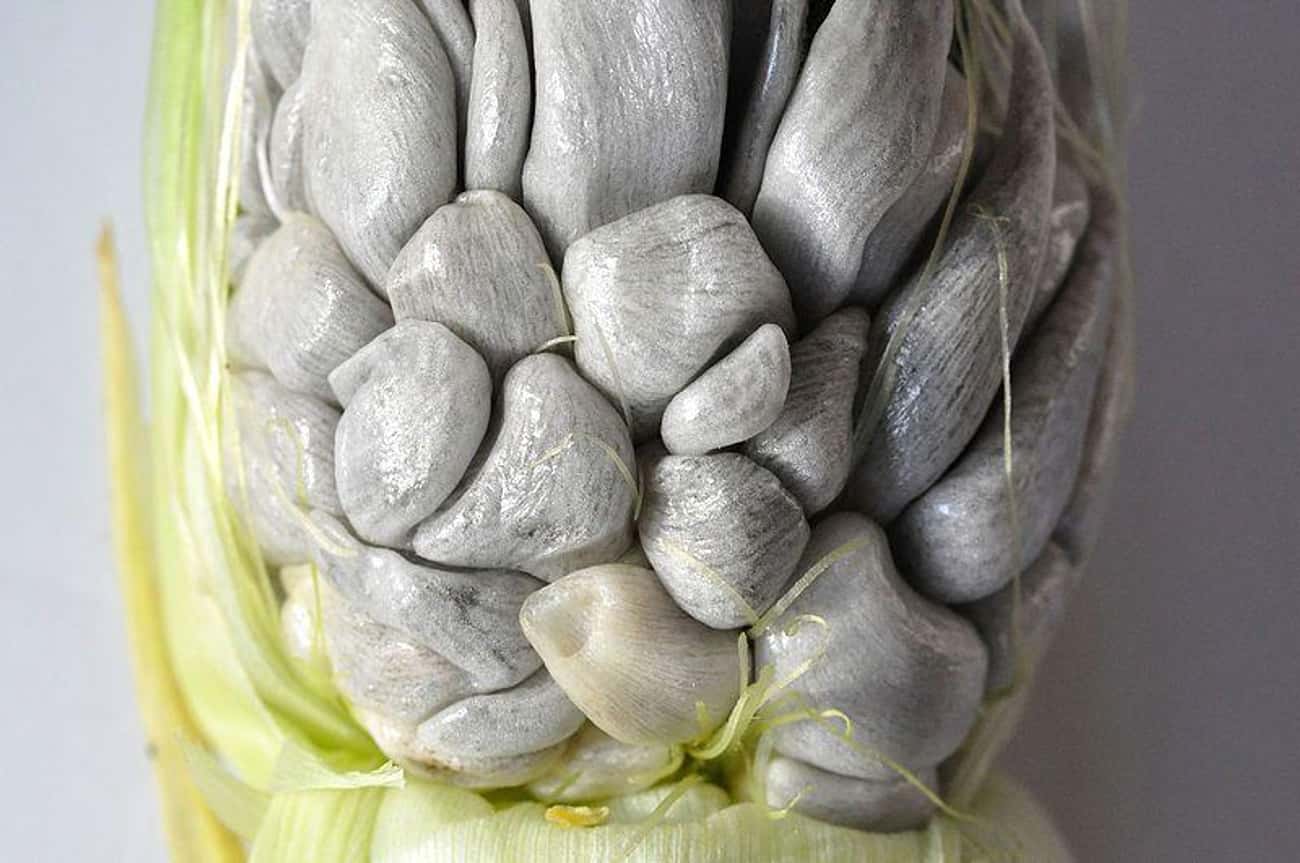
Huitlacoche, known as Mexican truffles, is a maize fungus that people consider gourmet food today. In the Nahuatl language, huitlacoche means sleeping excrescence. The Aztecs thought that the fungus caused the corn kernels to fall asleep, which affected the growth of their prized maize. But still, the Aztecs considered it as a blessing in disguise because the fungus gave them sustenance.
The huitlacoche looked like a white to grayish mass with a glossy exterior. The young fungus, which appears white, can be eaten raw, and people who tried them said they taste good. However, the matured fungus, which turns black, should be cooked. So they added huitlacoche to many dishes.
Pinolli

Pinolli, for the Aztecs, is a poor man’s food. Pinolli is a meal made of ground and toasted maize, which they mixed with water and other ingredients. On its own, pinolli is nearly tasteless. Thus, the Aztecs added other ingredients like cacao, spices, vanilla, chia seeds, cinnamon, or agave to give it flavor. The ground powder, resembling cornmeal, is a nutrient-dense food that keeps well; thus, it suited the lifestyle of the poorer Aztecs.
The Aztecs could make different foods from pinolli, such as beverages, tortillas, baked goods, and cereals. Many parts of Latin America still consume pinolli.